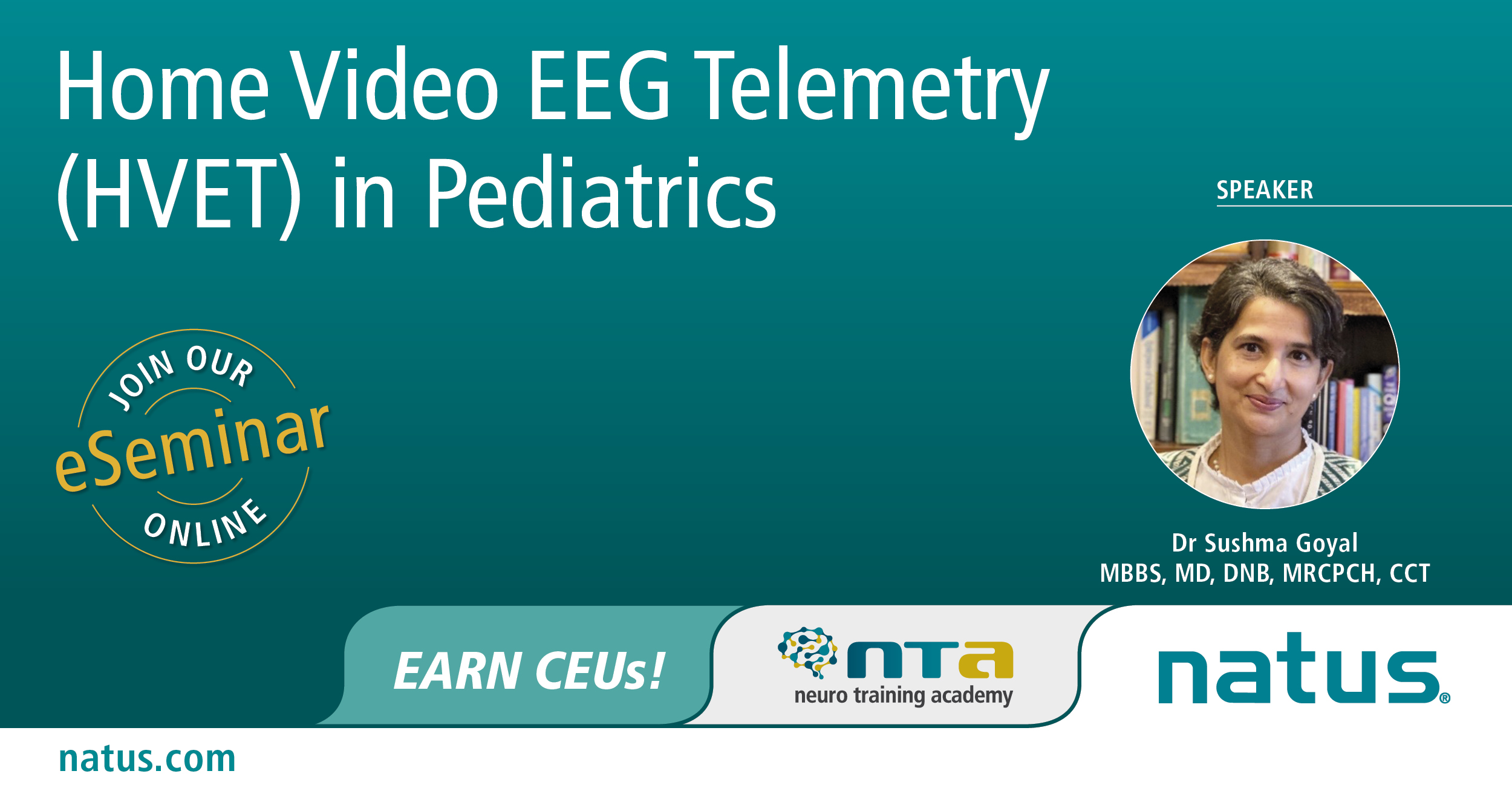Hill CE, Blank LJ, Thibault D, et al. Willis Neurology. 2018
The neuro ICU toolbox has expanded over the last 20 years. Specialized technology has emerged as a useful tool to assess neuro ICU patients’ condition when physical examination is limited. The use of electroencephalography (EEG) in the intensive care setting has been integrated and expanded. Different modalities of EEG are used, including short-term spot EEG acquisitions (rEEG) and continuous, long-term video EEG (cEEG). This modality entails real-time monitoring by trained nursing or EEG tech staff and has become a staple in the toolbox of neuro ICU care.
Computerized multivariable analysis of the raw EEG in montages and arrangements that inform the team of neurophysiologic changes in an automated fashion and real-time, known as quantitative EEG or qEEG, has significantly facilitated the integration of this technology to the everyday work of the ICU team. Within the ICU setting, cEEG is most useful in the identification, localization, characterization, quantification and follow-up of subclinical seizures. The benefits from cEEG as a diagnostic modality acquisition reside in it being non-invasive, long lasting and having real-time results with spatial and temporal resolution. These characteristics are not easily achieved with any other clinically used diagnostic modality.
This article emphasizes the importance of using cEEG in the ICU setting for subclinical or subtle clinical seizure localization and identification as the technology has evolved over the past 20 years.
Access the complete article
Download to read the complete article on Continuous EEG Is Associated with Favorable
Hospitalization Outcomes for Critically Ill Patients today.
https://doi.org/10.1177/1535759719858350










